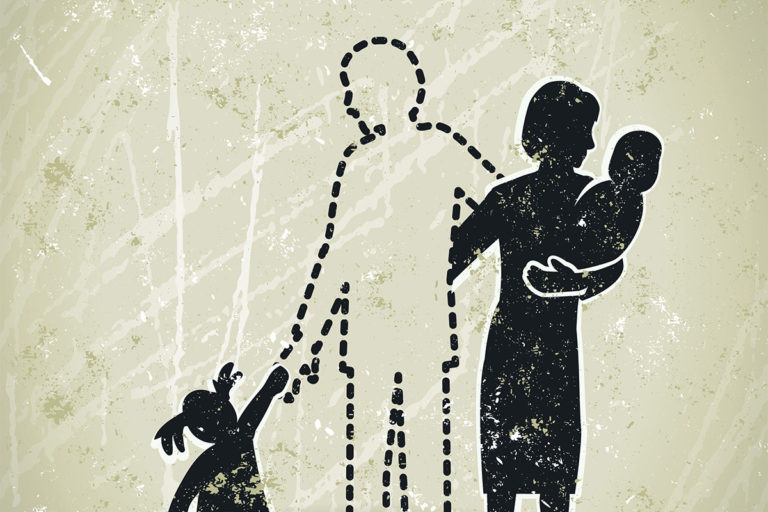January 29th, 2021
Recent Maryland Child Support Changes
Posted in: Family Law Featured Tagged: Julie B. Christopher
Author: Julie B. Christopher

In addition to the many changes and challenges parents faced last year having to navigate parenting in a Covid world, 2020 also held significant changes in Maryland’s child support laws. Child support is the right of the child, and parents have the legal obligation to financially support their children until they turn eighteen unless other criteria are satisfied. In October 2020, a new statute became effective redefining shared physical custody for purposes of child support, with the net effect of reducing the minimum threshold of overnight visits required for each parent to meet Maryland’s definition for shared physical custody. This was a significant change in the law. Commencing in October 2020, the threshold of overnights necessary to achieve a shared physical custody for child support purposes reduced to 92 overnights per year (25% overnights).
Prior to October 2020, a parent had to have at least 128 overnights (approximately 35% of the overnights per year) with each parent to be deemed a shared custody model for child support. If each parent had this minimum of 128 overnights with a child, there was typically a reduction, sometimes a significant monthly decrease, in the amount of child support owed from one parent to another. The rationale behind this law lies in the belief that each parent is directly contributing to a child’s expenses during the times the child is in the custody of each parent. The more time a child is with each parent, the more direct expenses the parent is paying on behalf of the child. This meant a parent that had 127 overnights might pay significantly more child support to the other parent as compared to if that same parent, in that same family, had a minimum of 128 overnights. This “cliff effect” phenomenon often would create child access disputes that really were child support disputes in disguise so that parents could each achieve the magic number of 128 overnights.
Determining the proper amount of child support remains a complex calculation that includes each parent’s income, the child health insurance premiums costs, work-related childcare, and other extraordinary expenses directly related to the child. But now these complex calculations also include tiered adjustments to the basic amount of child support based on the amount of time with each parent. This provides for a gradual decrease in child support. While the new law does not eliminate the “cliff effect,” it has significantly decreased the minimum threshold from 128 to 92 so that parents can again focus on the right access schedule for their family without being significantly impacted by each parent’s obligation to financially support their children.







